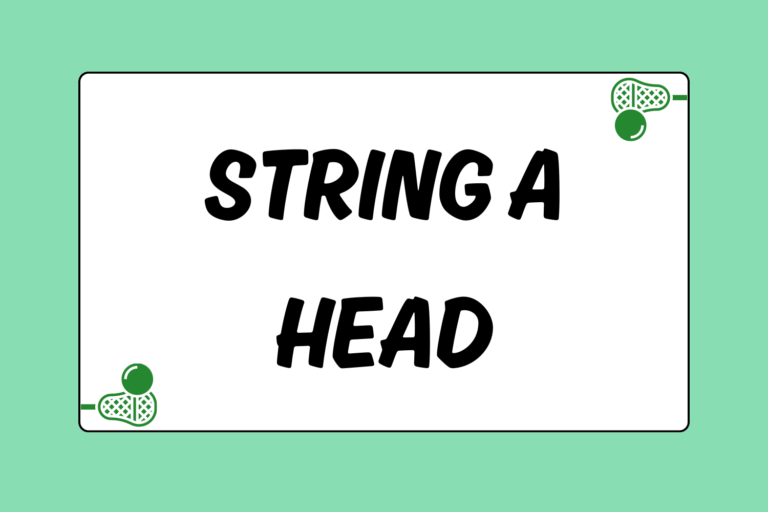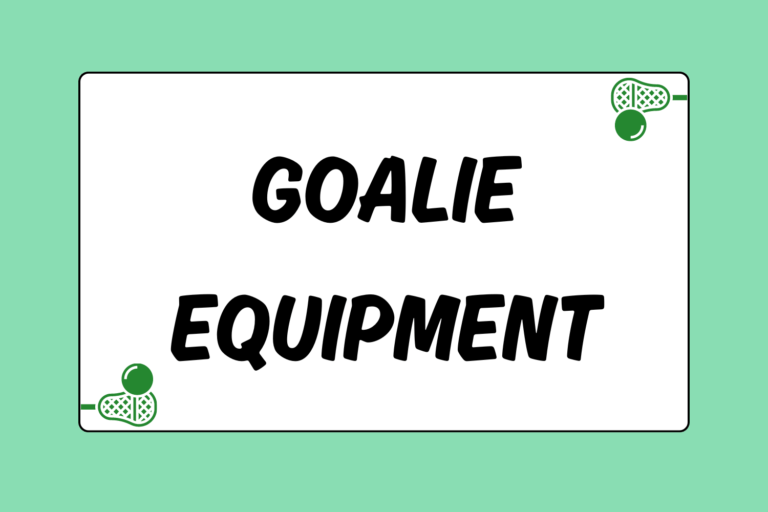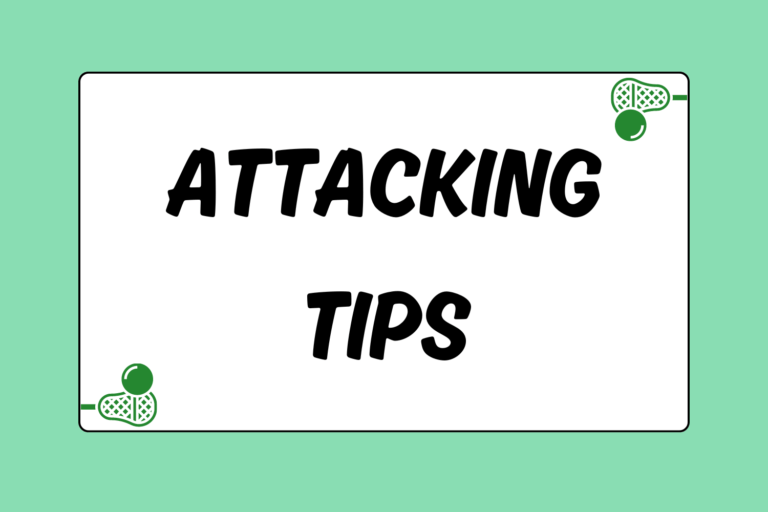A devastating extra-man offense (EMO) can be the guillotine that finishes off your opponents. Solid man-up units score on roughly 50 percent of their chances, and the ability to consistently stick shots on the man-up is just the thing to put away a pesky opponent once and for all. In order to assemble the best possible man-up unit and maximize their scoring capabilities, there are a few crucial ingredients that must be satisfied.
Before breaking down the different pieces of that puzzle, here’s a list of the basic principles that should be in place for all players taking the field for the EMO:
- Always be a threat.
- Take any open shot inside of 10 yards.
- Keep the ball hot!
- Don’t ignore the crease.
Set up Several Sick Shooters
The main component of any good man-up offense is having shooters who can score with time and room to let the shots fly. Additionally, you need to have at least one guy who’s adept at scoring around the crease off a quick feed inside. The distance shooters should generally be midfielders, and the in-close finishers should, for the most part, be attackmen.
The first step to maximizing your team’s shooting capabilities is to make sure everyone knows that they always need to be a threat to score, with or without the ball. What that means is players should always take a step or two towards the cage when they catch a pass, and look to see if the defense allows them the space or angle to get a good shot on goal. Midfielders should be instructed to shoot if they have any chance from inside 10 yards.
Players who are off the ball should always be looking for lanes to occupy for a feed. Since the defense has one less guy out there, there is more room for the offense to operate and create space.
Being a threat, however, should not entail much freelancing. If you have called a specific play, make sure everyone understands not to break formation or divert from the plan during these times.
With your midfielders set up at the top of the formation, and the attack down low, place your best midfield shooter near the middle up top. Your best finisher at attack should be set up on the crease, unless he is also your best feeder, in which case he is more valuable behind the cage or on one of the wings.
Find Fantastic Feeders
Your great shooters won’t make much of an impact on the EMO unit without some quality assist men to get them the ball in good spots. Attackmen who feed the best should be set up on the wings or at X to maximize feeding ability. EMO offense presents players with significantly more feeding chances than your normal offense, since there is one less defender, and thus more space to create passing lanes and cutting chances. Also, man-down defenses almost always play in some kind of a zone or rotation, leaving holes in the defense than can be exploited by quick feeds.
Avoid putting midfielders down low on the wings or behind the goal, as this can create transition opportunities for the opponent’s man-down unit if your middies are too far away from the midfield line.
Have your best right-handed feeding attackman set up on the right wing, where hopefully he will also have right-handed shot chances. The wings are excellent areas from which to feed, as the goalie and the cage are generally not between your feeders and shooters, and a few quick steps toward the crease area can quickly draw multiple defenders to the ball, leaving your snipers free to pick corners from the outside.
Your best left-handed ball handling attackman should be set up on the left wing, where he plays essentially the same role as the guy opposite him on the right wing — draw defenders and look to feed shooters and cutters up top or on the crease. Hopefully there is a left-handed attackman on your team, but if not, someone should be able to handle the spot, as man-down defenses have a much tougher time applying pressure on the perimeter.
Love your Lefties
A great left-handed shooter can cause nightmares for even the best man-down units. He can also create more scoring chances by positioning himself in a spot where he can get better scoring chances than a right-hander would in the same spot on the field. Sometimes the ball just looks different coming out of a lefty’s stick, making it tougher for a goalie to pick up the ball out of his pocket (not unlike a left-handed pitcher in baseball).
Lefty midfielders should be placed up top on the right side of the field. A left-handed shot from this spot is a much better look than a right handed one, as it’s more of a straight-on shot at the goal, and less likely to miss the cage wide to the right or left. The difference in release points for a left-handed shooter versus a right-handed shooter from the same spot can be up to four or five yards, depending on how low the shooter drops his stick.
Pick Pretty Plays
Ultimately, your team’s success (or lack thereof) on the EMO will come down to your ability as a coach to call good plays, and your team’s ability to execute them. Since you will be facing zone defenses, it’s important to choose plays that involve plenty of cutting and movement, and if your players can handle the complexity, some formation shifts as well.
Most teams like to start out in a 3-3 set, and then shift to their actual set play after working the ball once around the outside. This is where the first series of cuts should happen. Scoring chances can come early and often on the EMO, so make sure your players know that they should be looking at the cutters on the formation shift.
Find plays where your shooters and cutters can overload one zone that the defense is looking to defend. Many plays involve a cutter from up top breaking toward the crease and loudly calling for the ball (hopefully drawing a defender or two), and the crease man sneaking into an opening inside for a quick feed and shot. With one side of the crease overloaded with offensive and defensive players, one of your midfielders should slide over to the original cutter’s spot up top where there should be a good chunk of space for him to set up a shooting opportunity.
Players on your EMO unit should be instructed to always look to fill open space on the field where there may be shooting chances. Make sure, though, that they don’t linger in the open space if the ball doesn’t come their way. EMO players should look to make things as difficult as possible for a man-down defense by constantly moving.
Prey on Penalties
It’s vital that you devote time to practicing your EMO offense every day in practice. Take time in the first few days of practice to sit down with your fellow coaches and pick players you think would be good fits for the various roles on EMO. A well-oiled EMO machine is capable of carrying your team through offensive dry spells, or making the difference in a really tight game. Now all you have left to do is draw those penalties!





